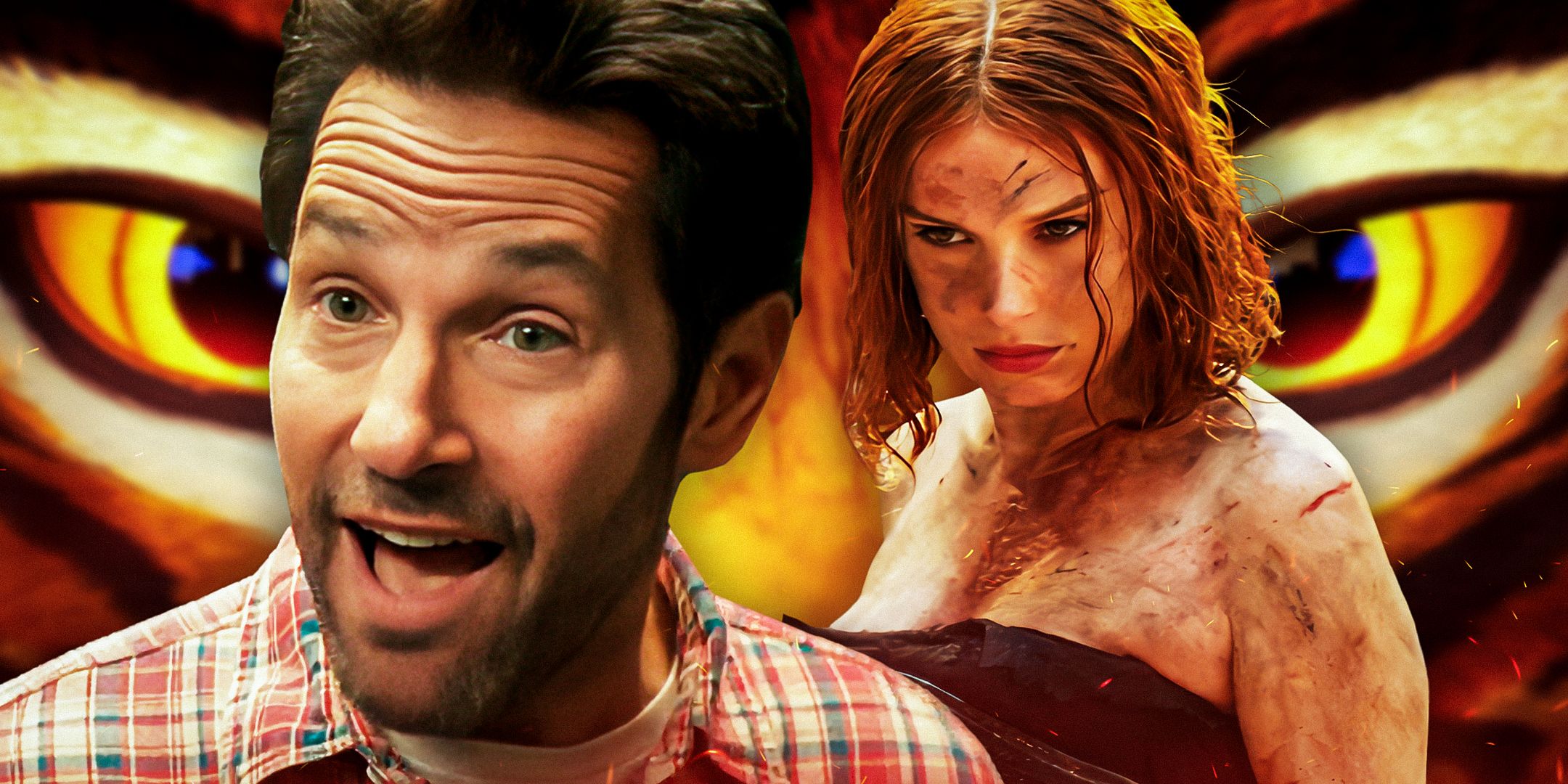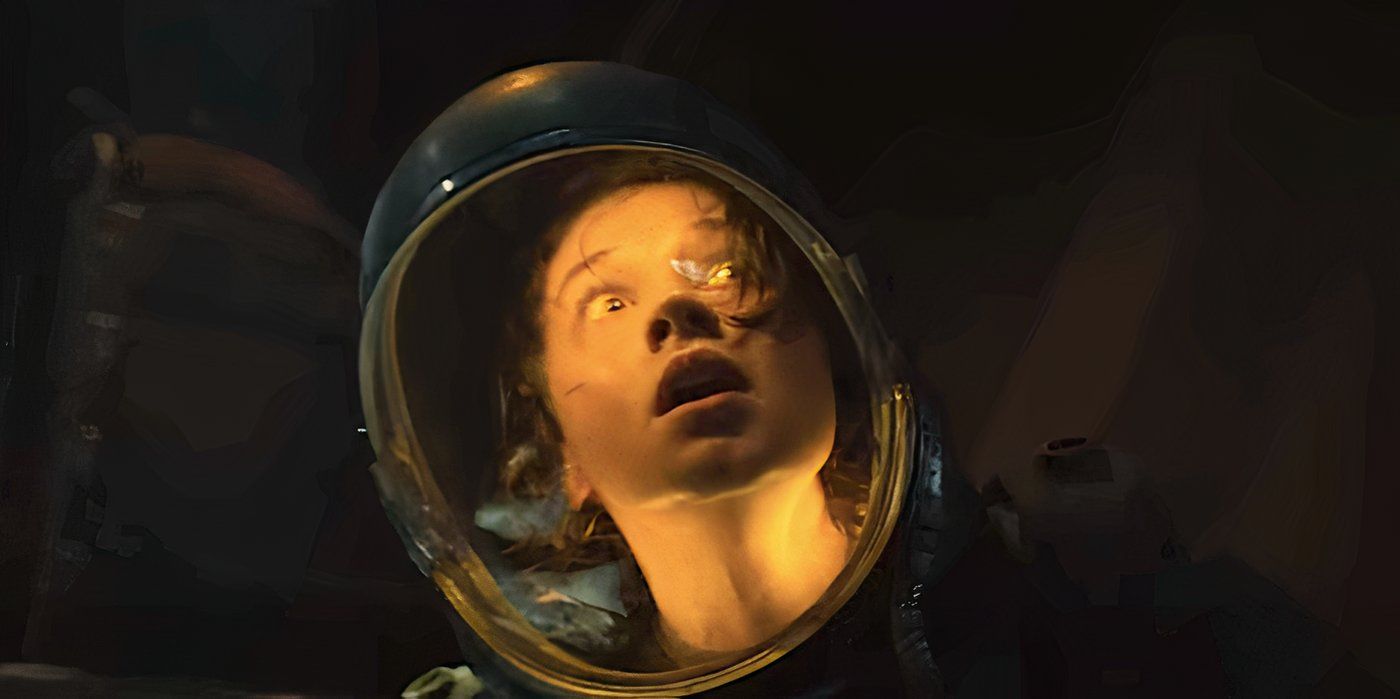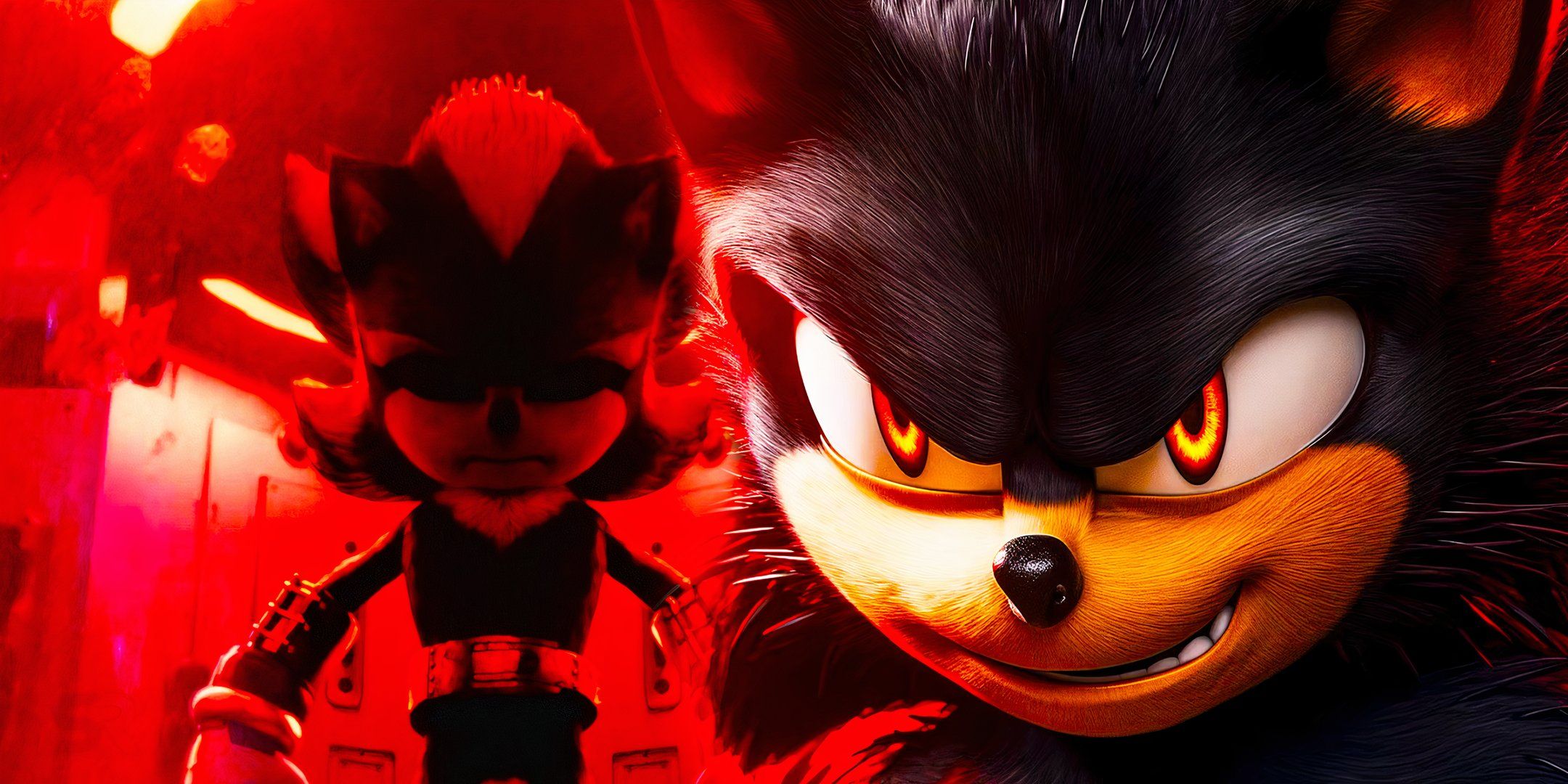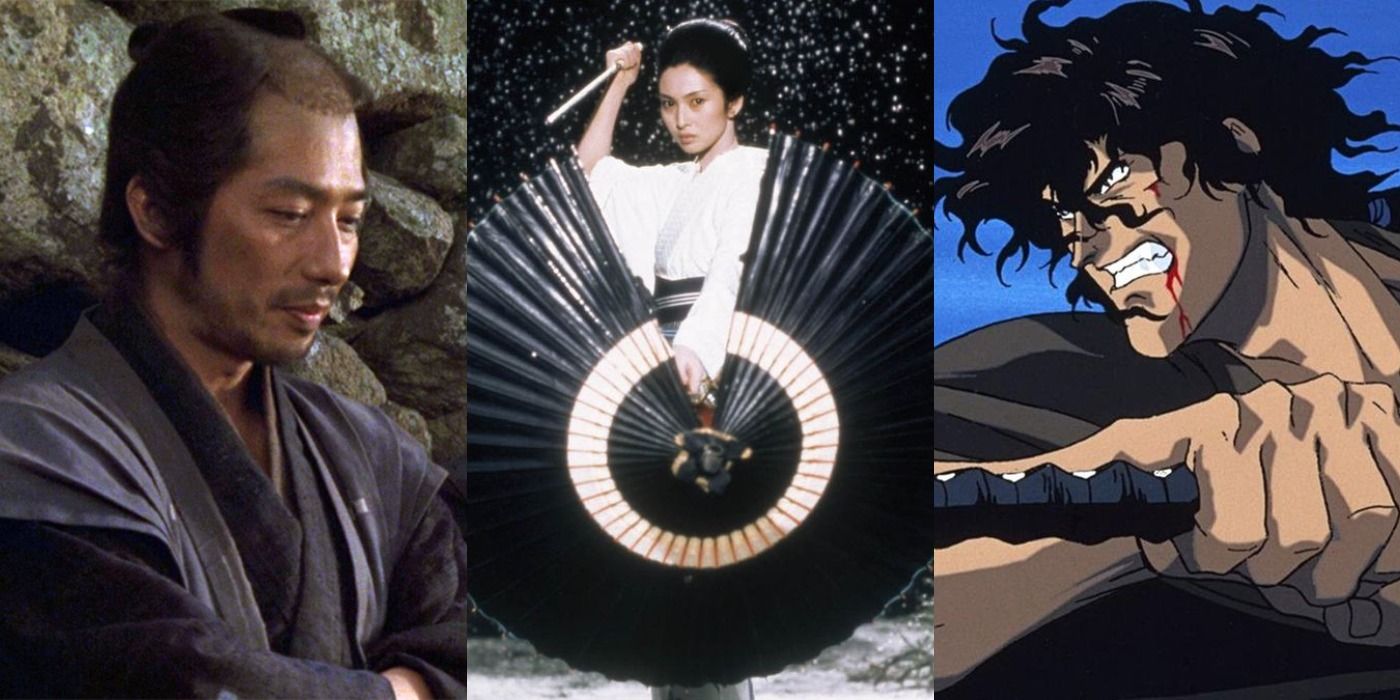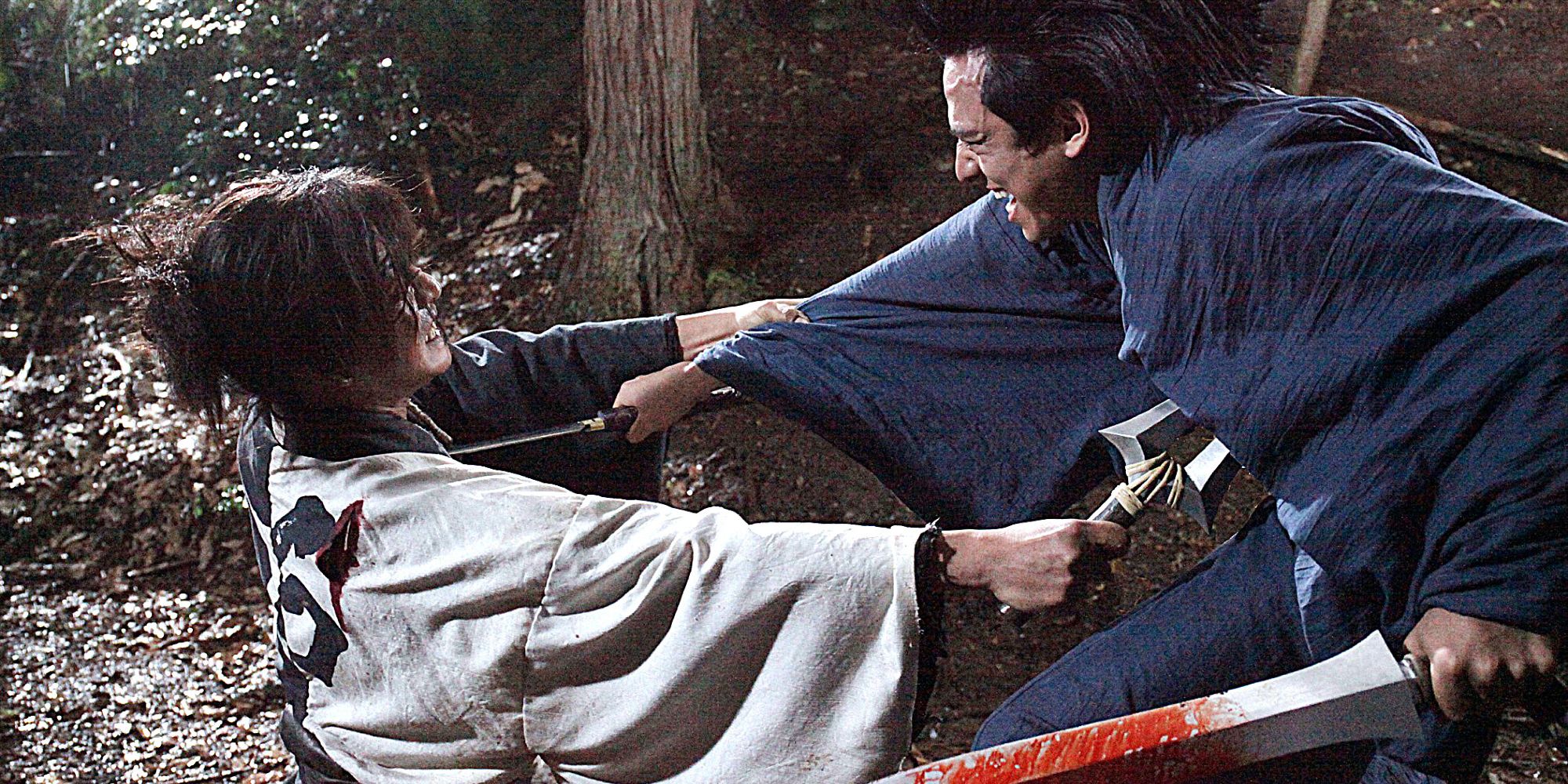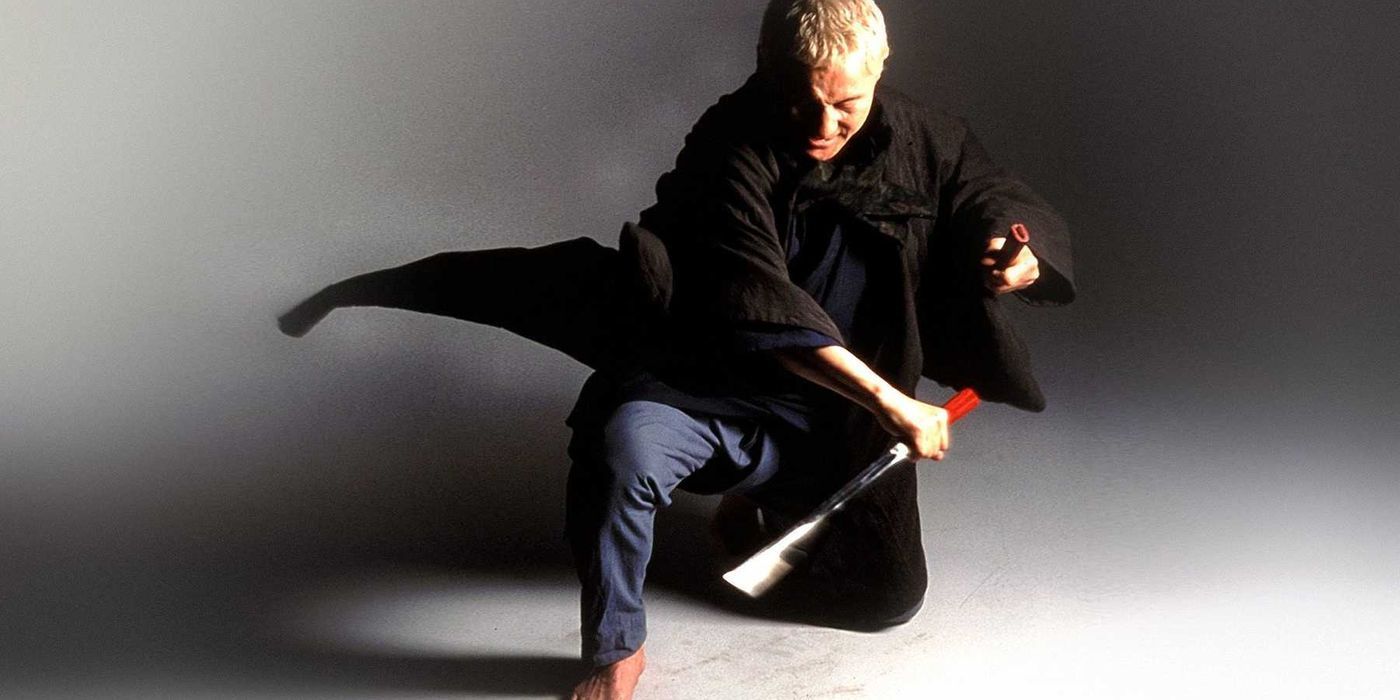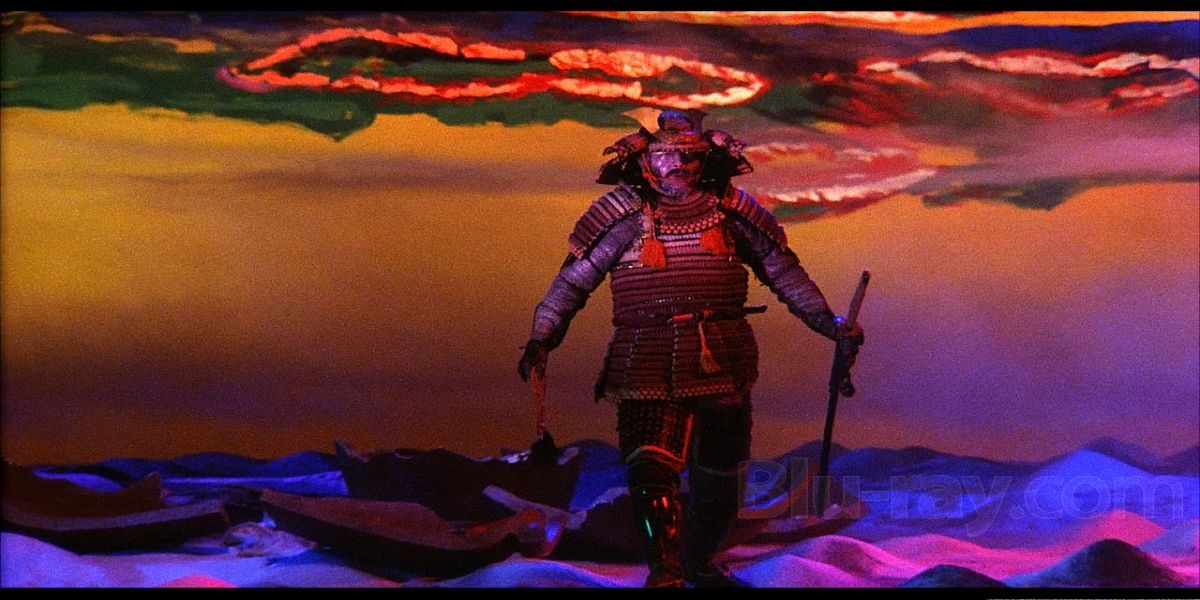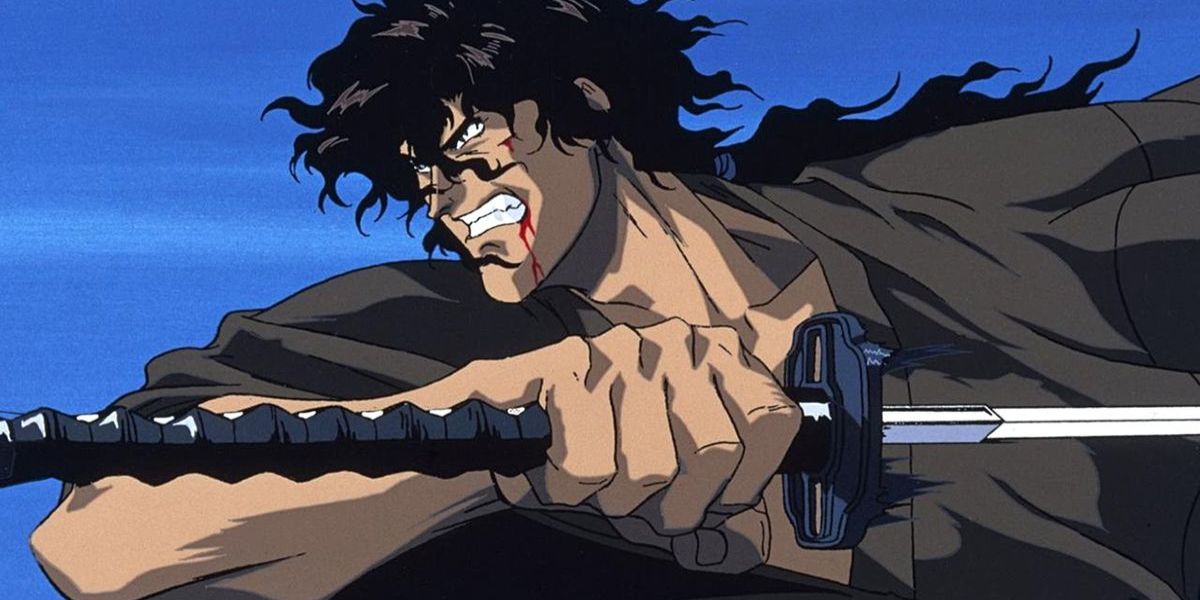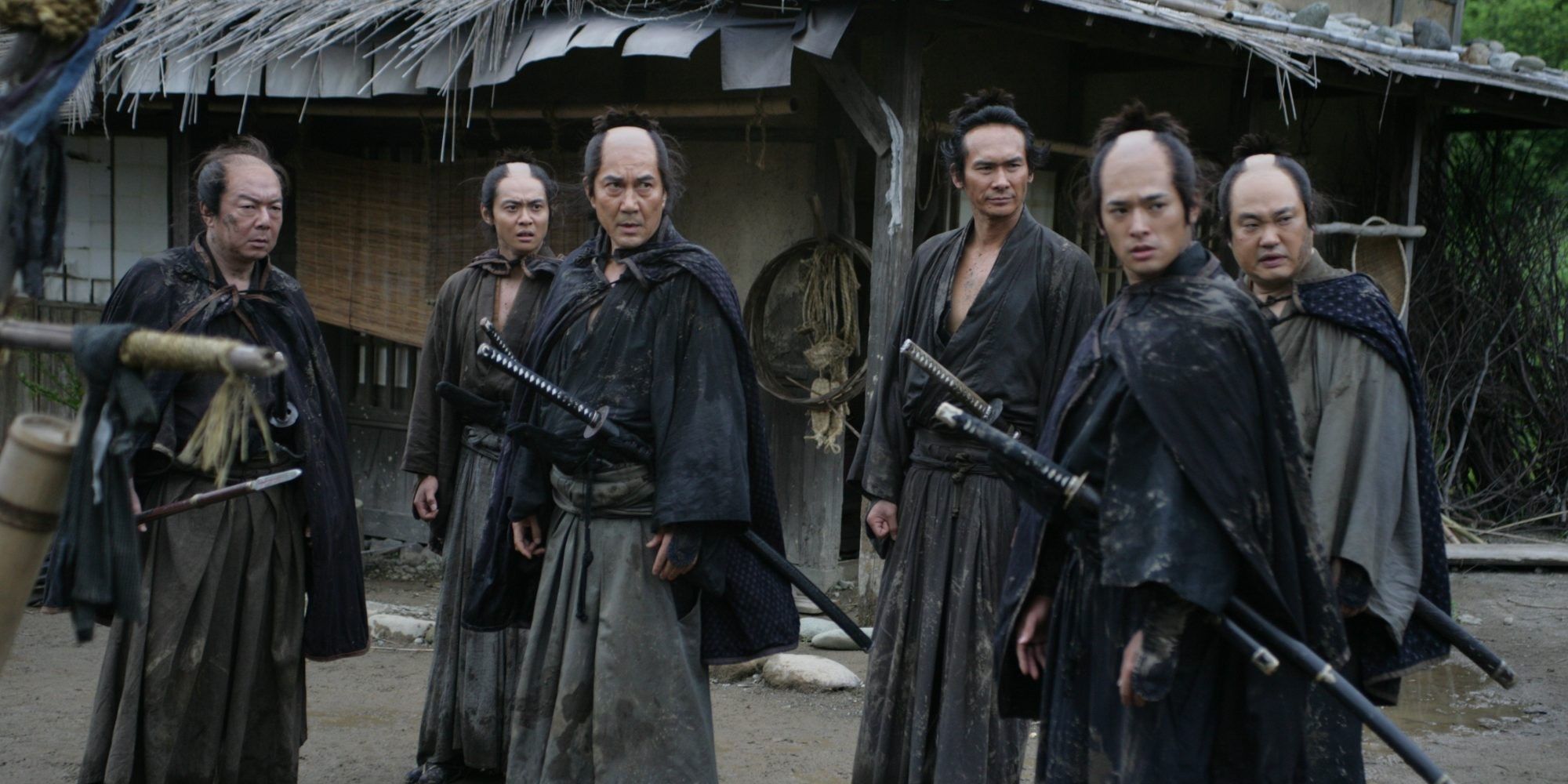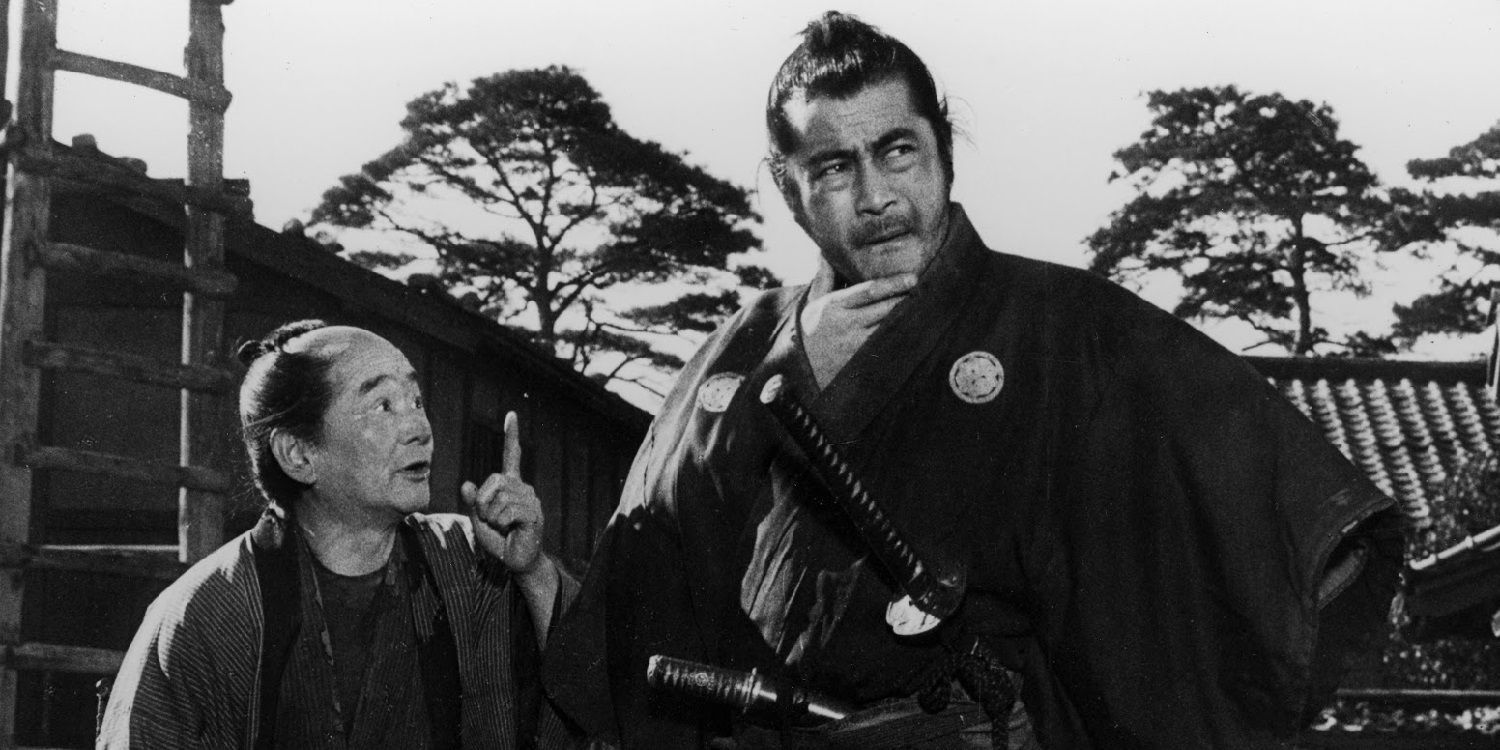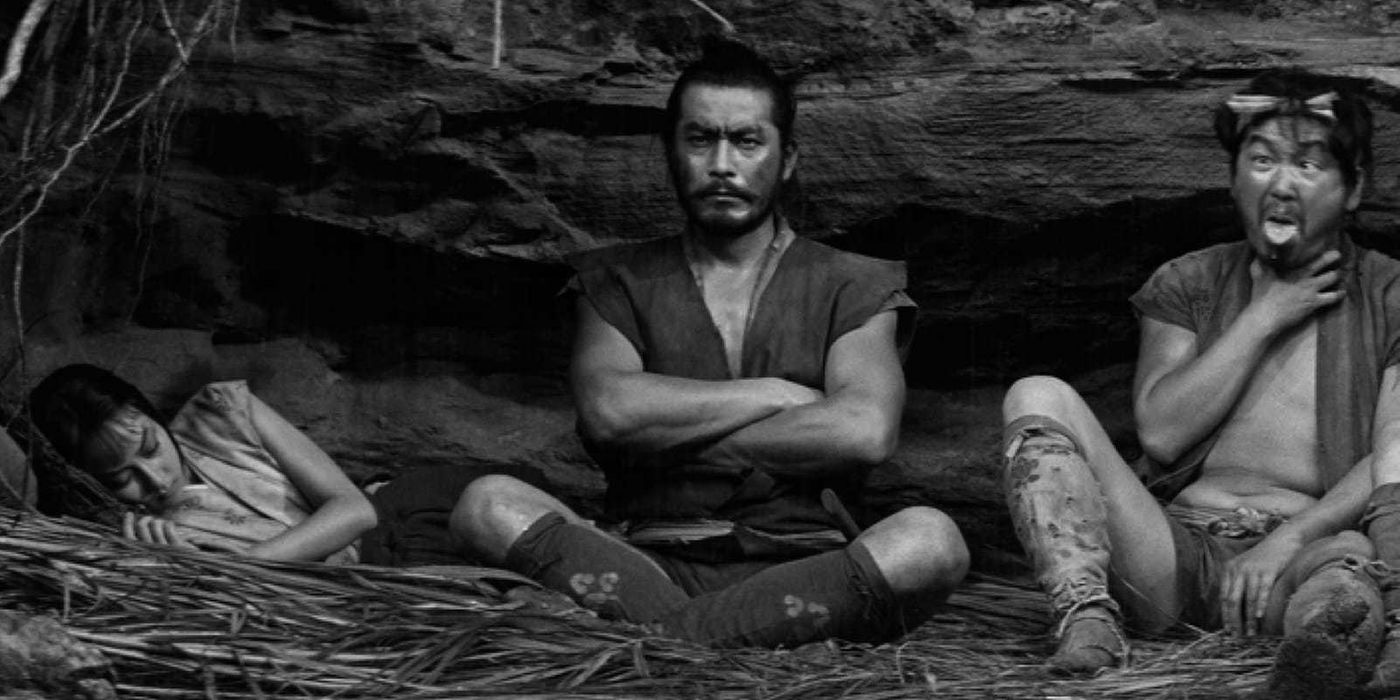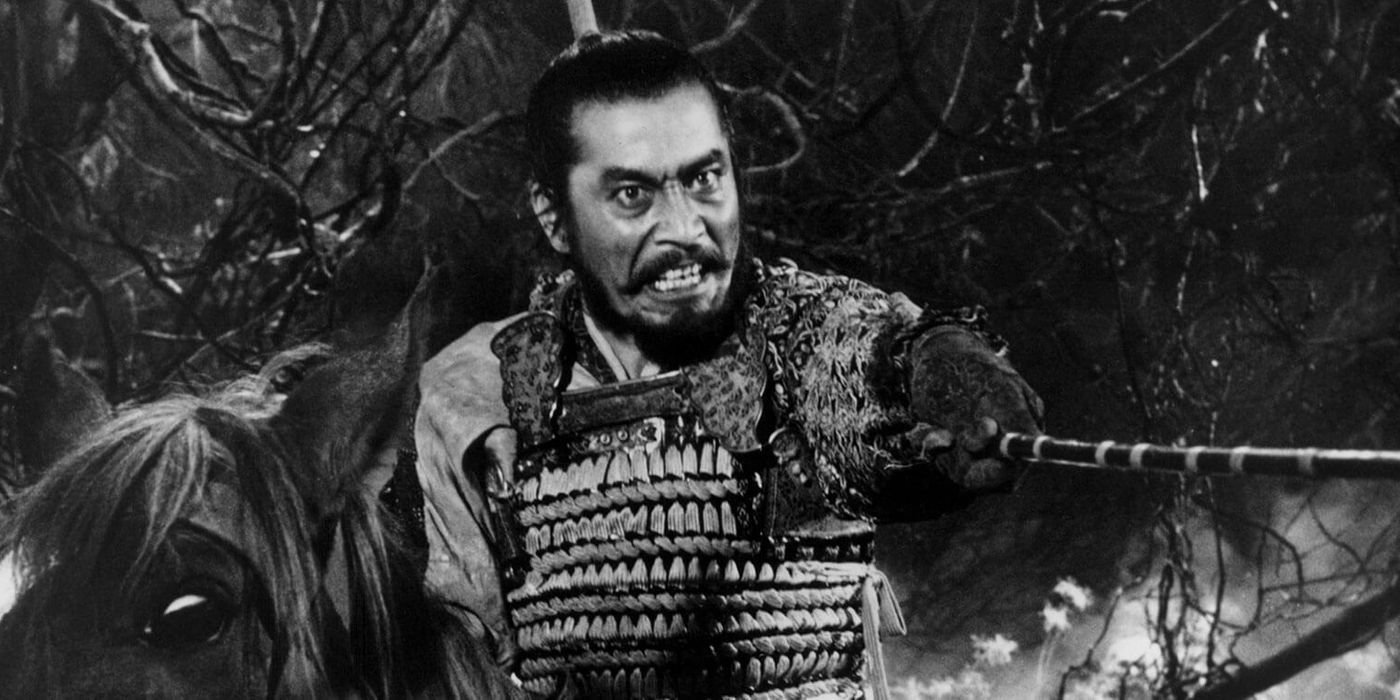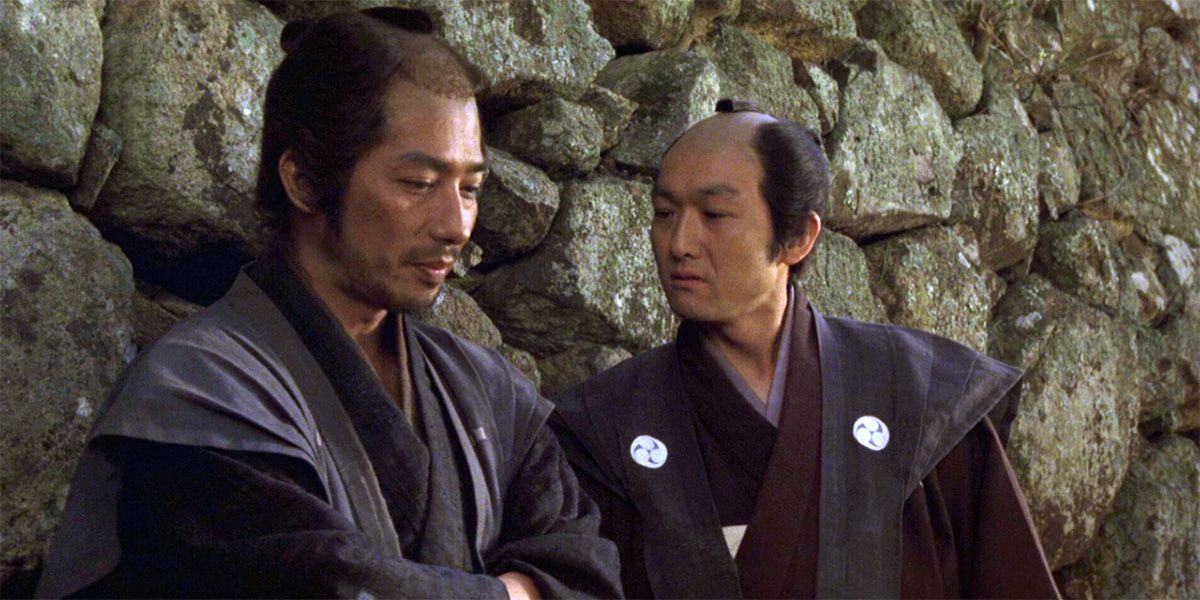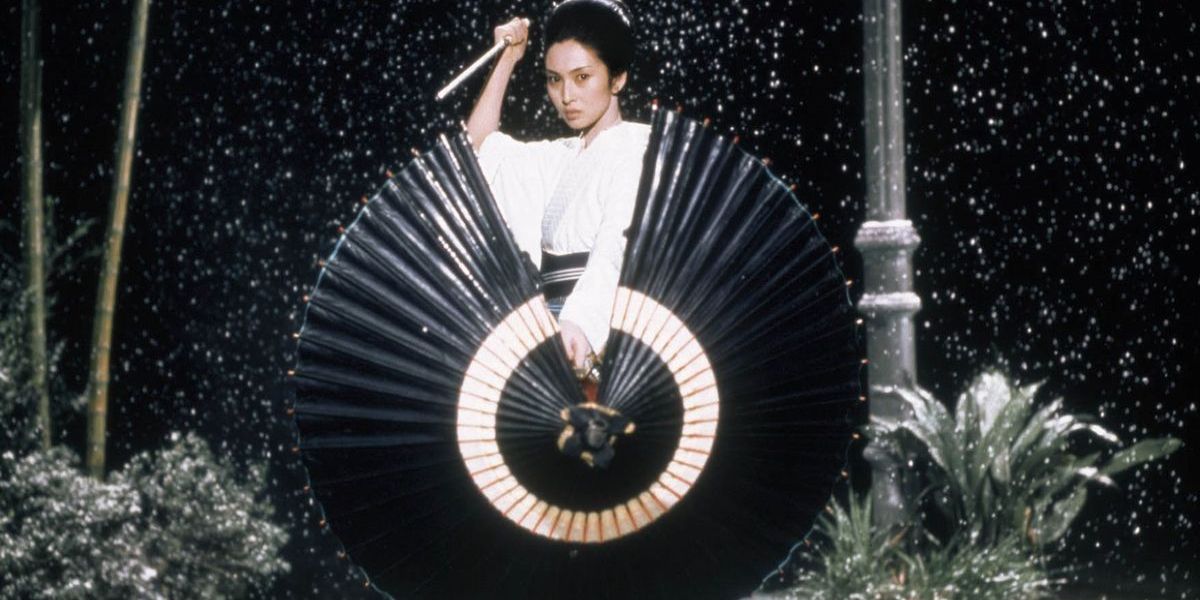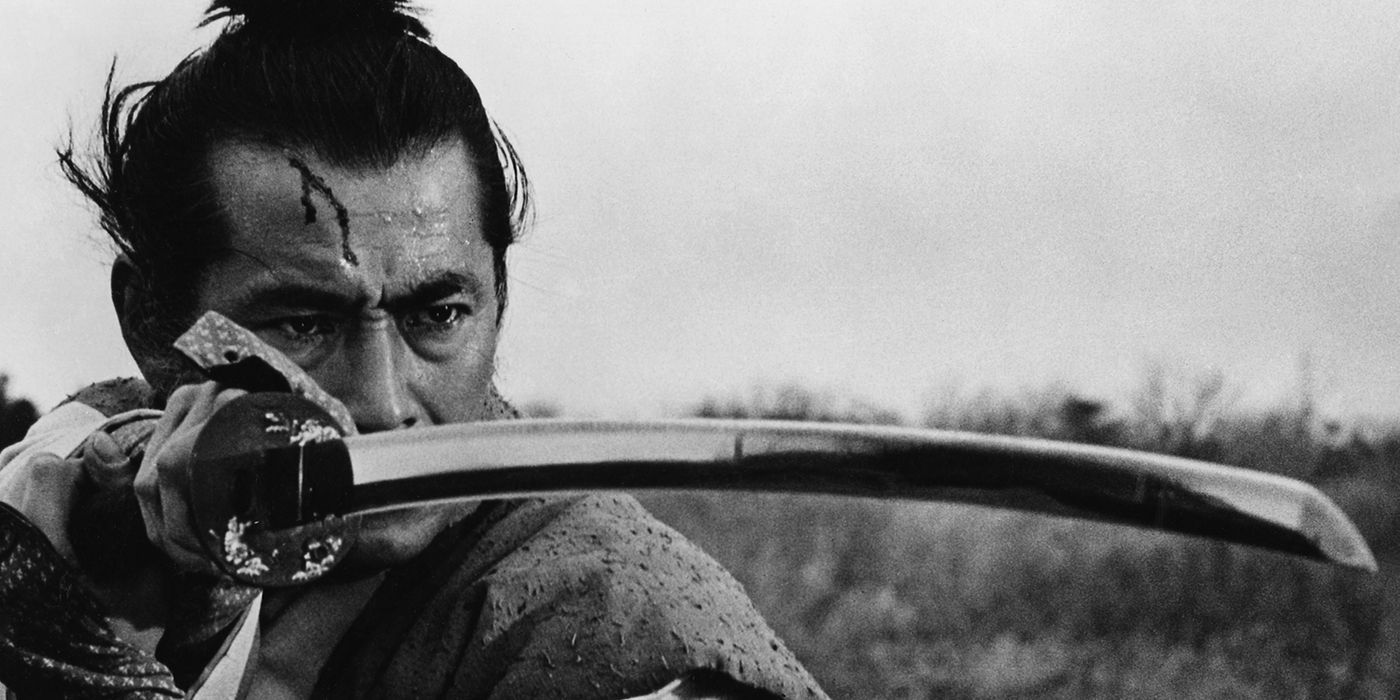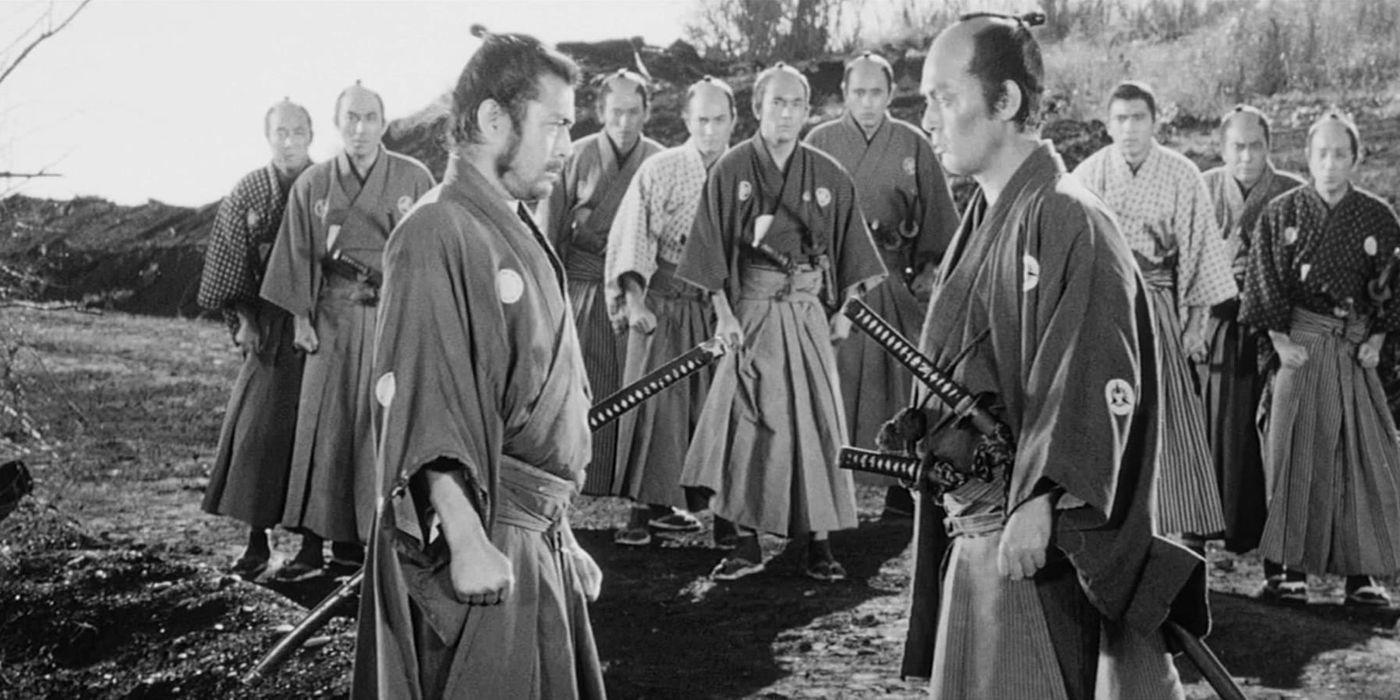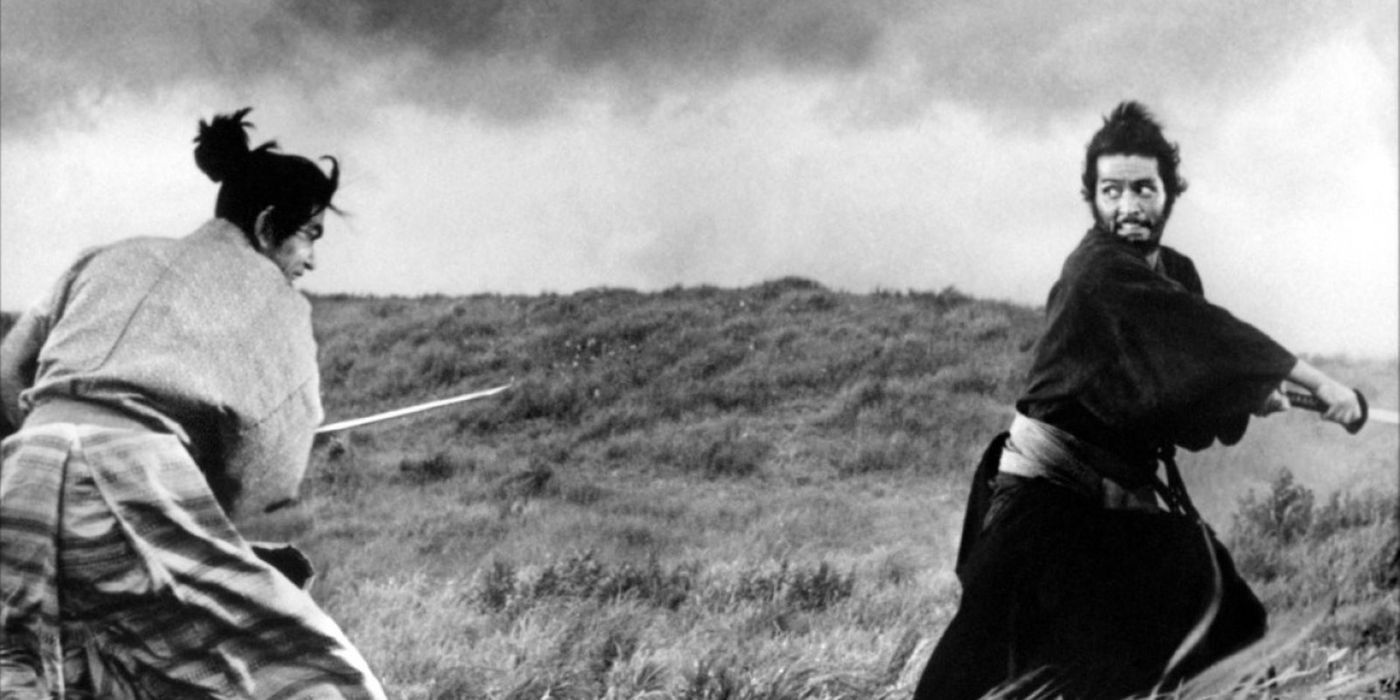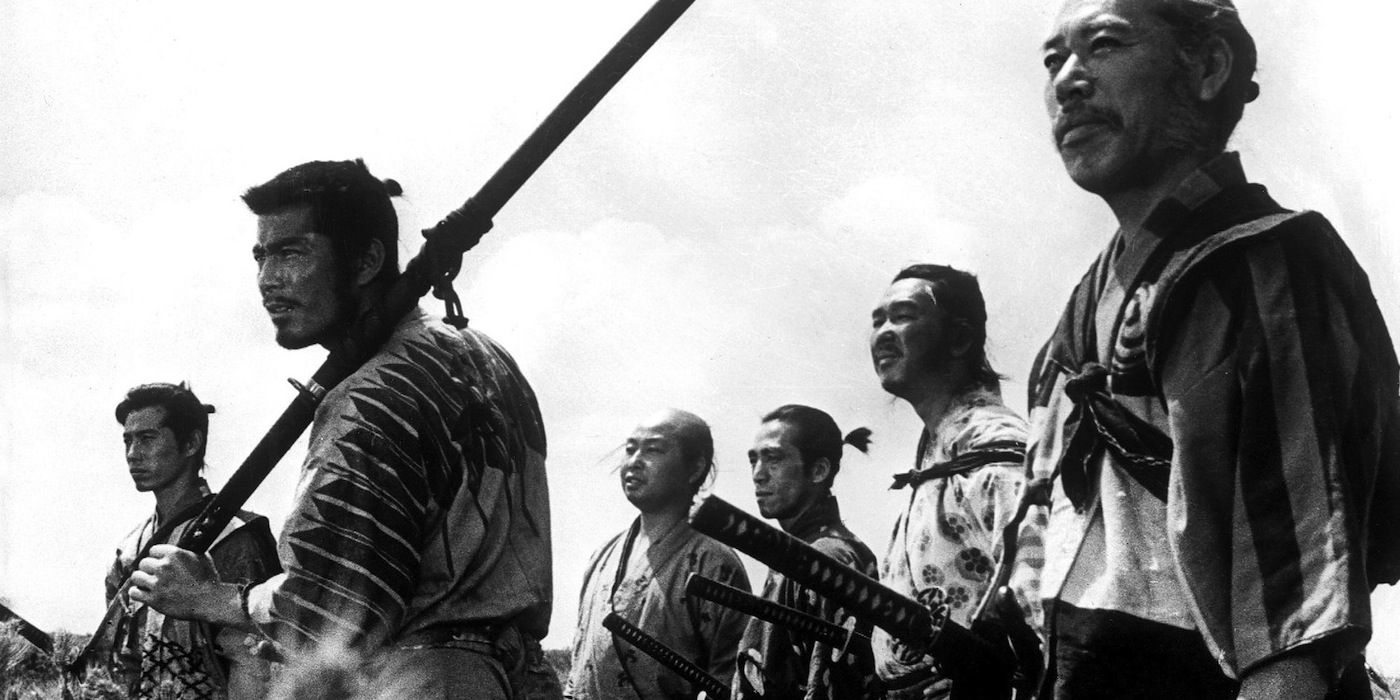Though considered to be a predominantly Eastern film genre, Samurai films have left an indelible impact on Western filmmaking. Influencing famous directors such as Quentin Tarantino and George Lucas, the genre helped to establish some long-held pop culture products now considered to be pillars of entertainment in Europe and North America.
Unfortunately, few aside from dedicated film buffs return to these black-and-white classics, and that's a definite shame, as, despite their age, they represent some of the best storytelling ever committed to film. From Hara-Kiri to Seven Samurai, these are the best of the best of the genre according to Rotten Tomatoes.
Updated on March 23rd, 2022 by Tanner Fox: In the modern era, samurai films are typically construed to be tropey and played out. Much like Spaghetti Western films, many consider films featuring katana-wielding warriors in feudal Japan to be a bygone product of the 1950s and 1960s.
While that may be true to some extent, there's no overemphasizing the role some of these films played in establishing modern-day Western pop culture. From the black-and-white classics that helped to inspire Star Wars and Kill Bill to more up-to-date offerings that instigated the rise of anime in the West, these films simply should not be missed.
Blade of the Immortal (2017) – 86%
Available on Tubi, Vudu, Pluto TV, and Hulu
The hundredth—yes, one with two zeros behind it—film from Japanese director Takashi Miike, Blade of the Immortal is an adaptation of a manga of the same name, and many worried what it might become in Miike's hands, as he was responsible for the largely-disliked live-action version of Jojo's Bizzare Adventure: Diamond Is Unbreakable from the same year.
Yet, stylish and dazzling, Blade of the Immortal was an excellent representation of its source material. Featuring the exploits of a samurai cursed with immortality and tasked with protecting a small child, fans of other Japanese productions such as From Software's 2019 video game Sekiro: Shadows Die Twice may notice some major similarities.
Zatoichi (2003) – 87%
Available to purchase on Prime Video
Zatoichi, the remake of a similarly-rated 1962 film, is every bit as deserving as a successor to the title's legacy. It features one of the most unique premises for samurai or action films ever; the protagonist of this samurai movie is a blind masseuse who also happens to be a formidable warrior.
No other film could have pulled off such a daring idea successfully. Yet, at its core, the film is a basic revenge story where the blind samurai reluctantly helps two sisters get revenge against a gang that murdered their parents. There's no shortage of violence and gore in this film, either.
Kagemusha (1980) – 88%
Available to purchase on Prime Video
In this 1980 Akira Kurosawa epic, a thief is spared from execution due to his uncanny resemblance to a feudal lord, and, when that lord is later killed, he must act as a stand-in to prevent further political turmoil.
One of Kurosawa's later works, Kagemusha stands as a testament to his longevity as a filmmaker. While it's perhaps not quite as celebrated as some of his earlier releases, Kagemusha is an excellent genre film, and the concept of body doubles later became prevalent in higher-profile Western films, most notably the first installment in George Lucas' Star Wars prequel trilogy.
Ninja Scroll (1993) – 94%
Available on Hulu
In the early 1990s, interest in anime began to surge in North America, with films like Studio Ghibli's Princess Mononoke and Mamoru Oshii's Ghost in the Shell launching the medium into the pop culture stratosphere. However, before those two releases came the comparatively less-recognized Ninja Scroll.
High-octane, blood-soaked, and limit-pushing, Ninja Scroll made Western audiences sit up and take notice. Partially responsible for the perpetuation of the badass ninja trope in the public consciousness, Ninja Scroll may not be known for its groundbreaking storytelling or filmmaking techniques, but it's nonetheless worth a watch nearly thirty years after its debut in North America.
13 Assassins (2010) – 95%
Available on Tubi, Vudu, Pluto TV, and Prime Video
By far the most modern entry in this title, 2011's 13 Assassins successfully recreates the magic of films like Harakiri and Samurai Rebellion. A group of once-loyal samurai became disappointed with their sadistic feudal lord and staged an assassination attempt against him.
It's a period drama and action film that checks all of the boxes for the genre. Even more impressive is the fact that it's a remake of a 1963 classic from an esteemed director. Before 13 Assassins, many film critics agreed that samurai films were no longer fashionable and had aged poorly. Fortunately, the 13 Assassins remake proved everyone wrong.
Yojimbo (1961) – 95%
Available on HBO Max
Fans of the classic Clint Eastwood Western A Fistful of Dollars may feel right at home with Akira Kurosawa's Yojimbo, as it was the 1964 film's prime inspiration. In fact, the company that owned Yojimbo (1961) in Japan even sued the makers of A Fistful of Dollars for remaking the exact same movie in a Hollywood flavor and won.
The film is about a lone hungry and masterless samurai who happens upon two rival factions and decides to play with both of them to make some money. Without this film, Clint Eastwood's claim to fame probably would not have been as spectacular, nor would Spaghetti Western movies be as popular.
Ran (1985) – 96%
Available to purchase on Prime Video
Ran is one of Akira Kurosawa's later works, but it is by no means a dud in the master filmmaker's filmography. It was released in 1985 and was one of his few releases to debut in color. Ran went on to put many war and action movies to shame; even by modern standards, its pacing, storytelling, cinematography, and production value all eclipse most big-budget productions in the twenty-first century.
Ran is basically Kurosawa's take on Shakespeare's King Lear. It involves a dying feudal lord who drove his kingdom to ruin. This caused his sons to wage war among one another in a battle for dominance and inheritance as their father watches them helplessly atop his burning castle.
The Hidden Fortress (1958) – 97%
Available on HBO Max
Another hidden gem from Kurosawa that has had substantial effects on Hollywood would be The Hidden Fortress from 1958. George Lucas, creator of Star Wars, stated himself stated that he "copied" some of Kurosawa's movie tropes and shots when making the original Star Wars sequel trilogy. Case in point is R2-D2 and C-3PO's early segments in Episode IV, a formula borrowed from The Hidden Fortress' two protagonists.
Both of them were two soldiers fleeing from war and an invading army until they stumble upon a hidden gold bar whereupon the atmosphere changes from brutality to humor. The Hidden Fortress is worth watching alone for how it inspired some of the Star Wars original trilogy's scenes.
Throne of Blood (1957) – 98%
Available on HBO Max
Leave it to famed director Akira Kurosawa to turn a samurai epic into an arthouse Japanese masterpiece. 1957's Throne of Blood was his second-highest-rated film according to Rotten Tomatoes. Like Ran, Throne of Blood was Kurosawa's take on another Shakespeare classic, this time adapting the epic Macbeth.
It also features Toshiro Mifune, perhaps Kurosawa's favorite actor—as the protagonist. He and his closest friend were confronted by a spirit who predicts that both of them will eventually replace their feudal lords. The two then set out to fulfill the spirit's prophecies only for them to become power-hungry and corrupt until they eventually self-destruct.
The Twilight Samurai (2002) – 99%
Released in 2002, Yoji Yamada's The Twilight Samurai was a touchstone for turn-of-the-millennium filmmaking and served as something of an introspective commentary of the genre as a whole. The film's protagonist, Iguchi Seibi, is essentially a retired samurai living in the final years of Japan's feudal era. Though he's at peace with his life, he's forced to take up his sword once again for a final adventure.
In 2002, the samurai film genre had fallen from favor, particularly in the minds of Western audiences, but The Twilight Samurai proved that, though aged, there was still plenty to explore within its confines.
Lady Snowblood (1973) – 100%
Available on HBO Max
A female convict serving a life sentence seduces some of the prison's male guards in order to conceive a child who would one day be able to enact revenge on behalf of the woman and her murdered husband. What follows is a gore-soaked tale of tribulation and triumph which would go on to be recognized by some as one of the greatest Samurai films ever made.
Unique in its rare portrayal of a female warrior, Lady Snowblood heavily inspired Quentin Tarantino's Kill Bill two-part epic and helped to normalize the idea of women appearing in lead movie roles traditionally held by men.
Samurai Rebellion (1967) – 100%
Available on The Criterion Channel
One of the recurring themes in the best Japanese samurai movies is feudal tyranny and how it affects even the well-off warriors. Such a notion was explored in Samurai Rebellion, which was released in 1967. It depicted the oppressiveness of local feudal lords who pretty much treated even their loyal subjects like animals.
A lord demanded the return of the protagonist's wife who was previously expelled from the castle. They wanted the family's son as a successor to the throne. The protagonist's samurai family then refused their feudal lord's demand and sparked a rebellion against them—the name literally says it all.
Sanjuro (1962) – 100%
Available to purchase on Prime Video
Those who enjoyed Yojimbo or anything similar to it should add Sanjuro to their watchlists. The 1962 Kurosawa film is considered to be a companion movie to Yojimbo and also stars the same actor, the legendary Toshiro Mifune, who was the de facto face of samurai in Japanese cinema.
The premise of Sanjuro is quite simple; an experienced samurai master Mifune teaches a young and budding samurai some skills before they embark on a war for their corrupt lords. It's more humorous and comical than most films in the genre, but it still contains enough samurai combat to break satisfy action lovers. The film also features a notable amount of gore, something that likely impacted the works of Quentin Tarantino later down the line.
Harakiri (1962) – 100%
Available to purchase on Prime Video
While some films of the era delved at least partially into comedic territory, 1962's Harakiri offers up much of the stoic Samurai archetype for which the genre is known. It follows the story of many lordless samurai in the 17th century who were forced to fight each other in search of new masters thanks to a Shogun-mandated decentralization.
It shows the Japanese feudal lords at their worst; manipulating the honor-bound warriors into fighting to the death, it's a gruff watch that helped to establish the public perception of the genre.
Seven Samurai (1954) – 100%
Available on HBO Max
1954's Seven Samurai was Akira Kurosawa at his finest; it's one of the most unique stories ever committed to film, and it also contributed quite a bit to action movies and film techniques.
Even the film's plot is relatively unique; a group of impoverished farmers overheard some bandits talking about raiding their village sometime in the near future. In response, they coax some altruistic wandering Samurai and protect them practically without any reward. What follows is one of the most unforgettable fellowship adventures to date. It's the granddaddy of all samurai films and one on which absolutely no one should miss out.


